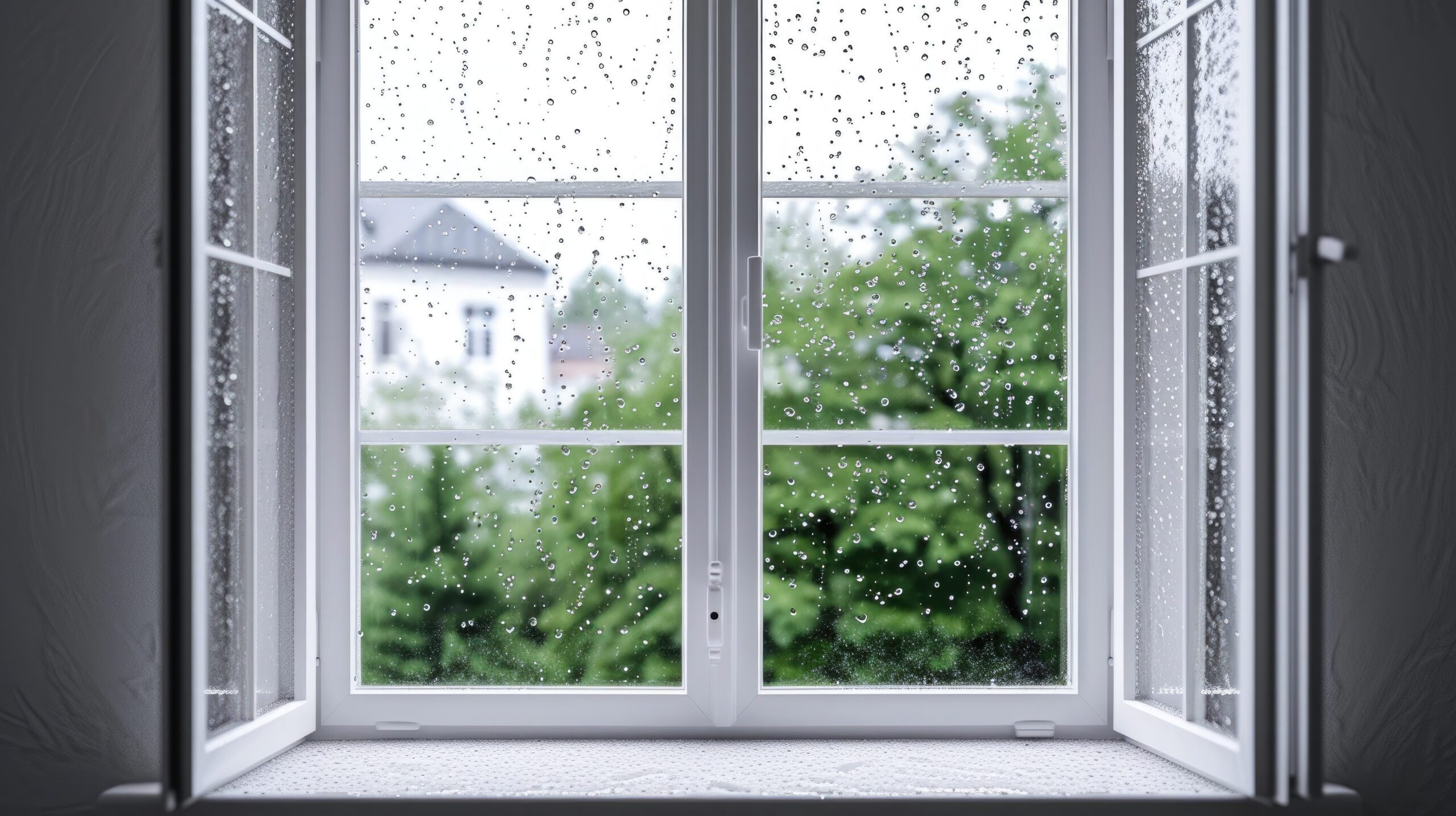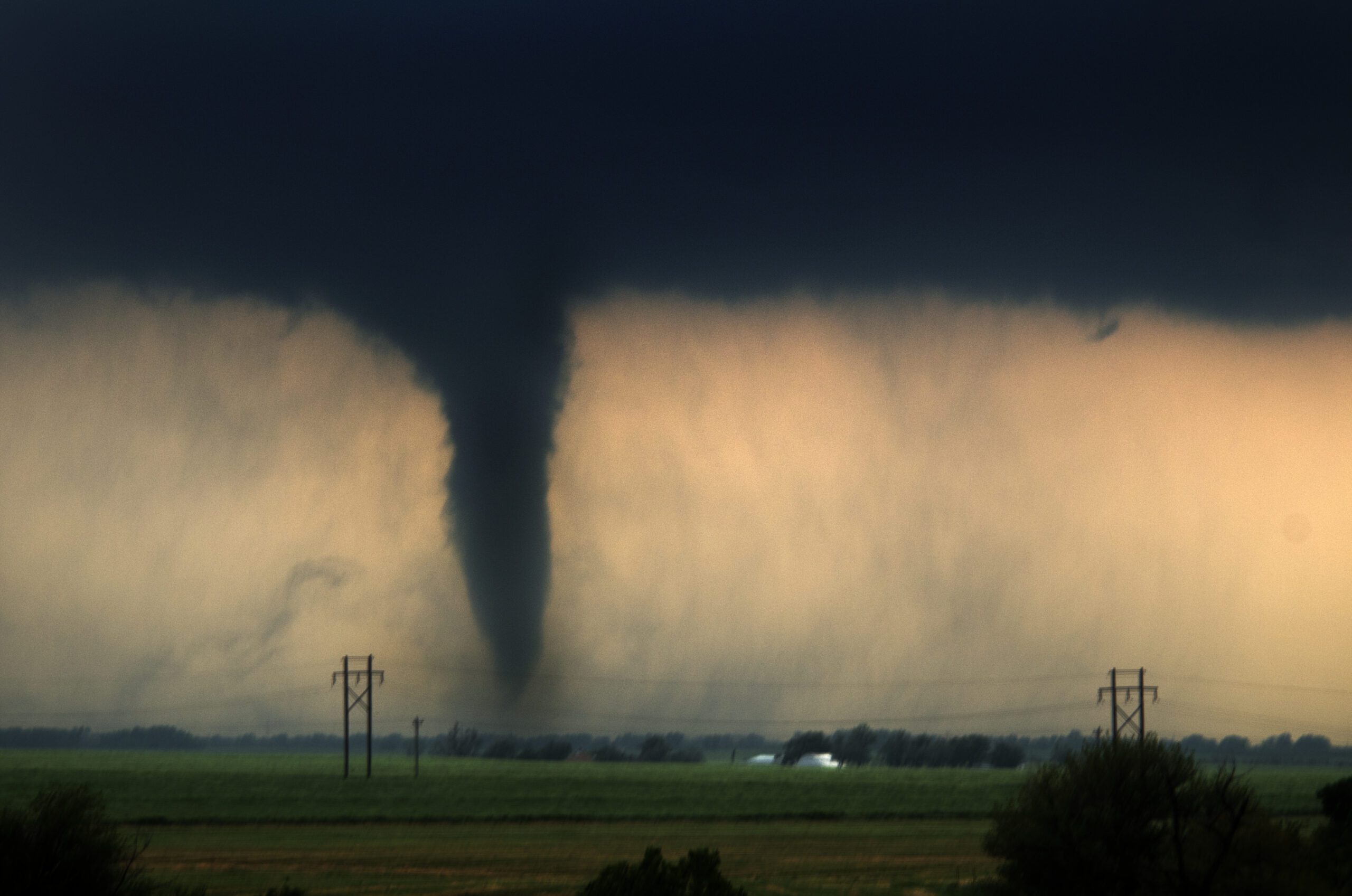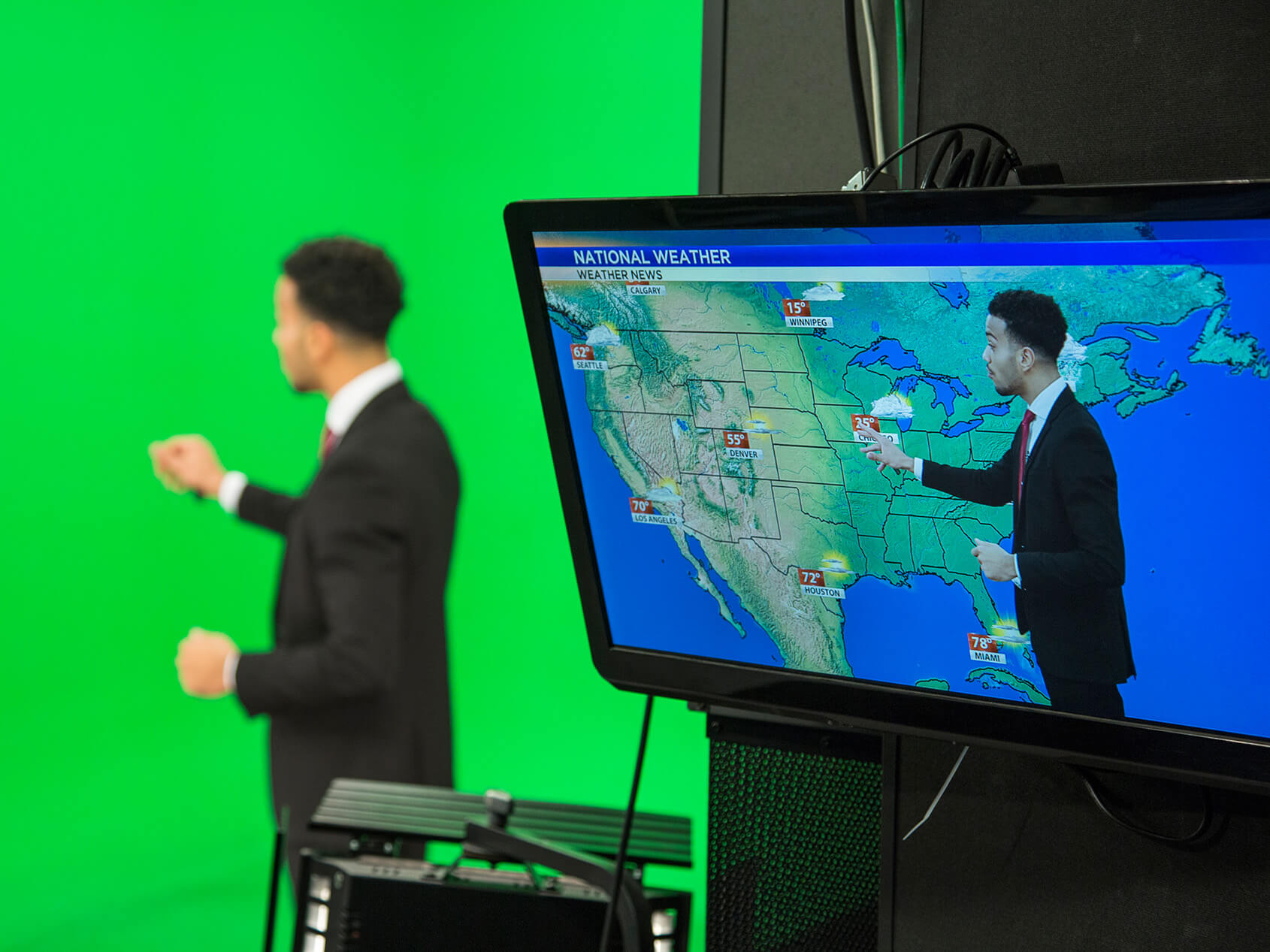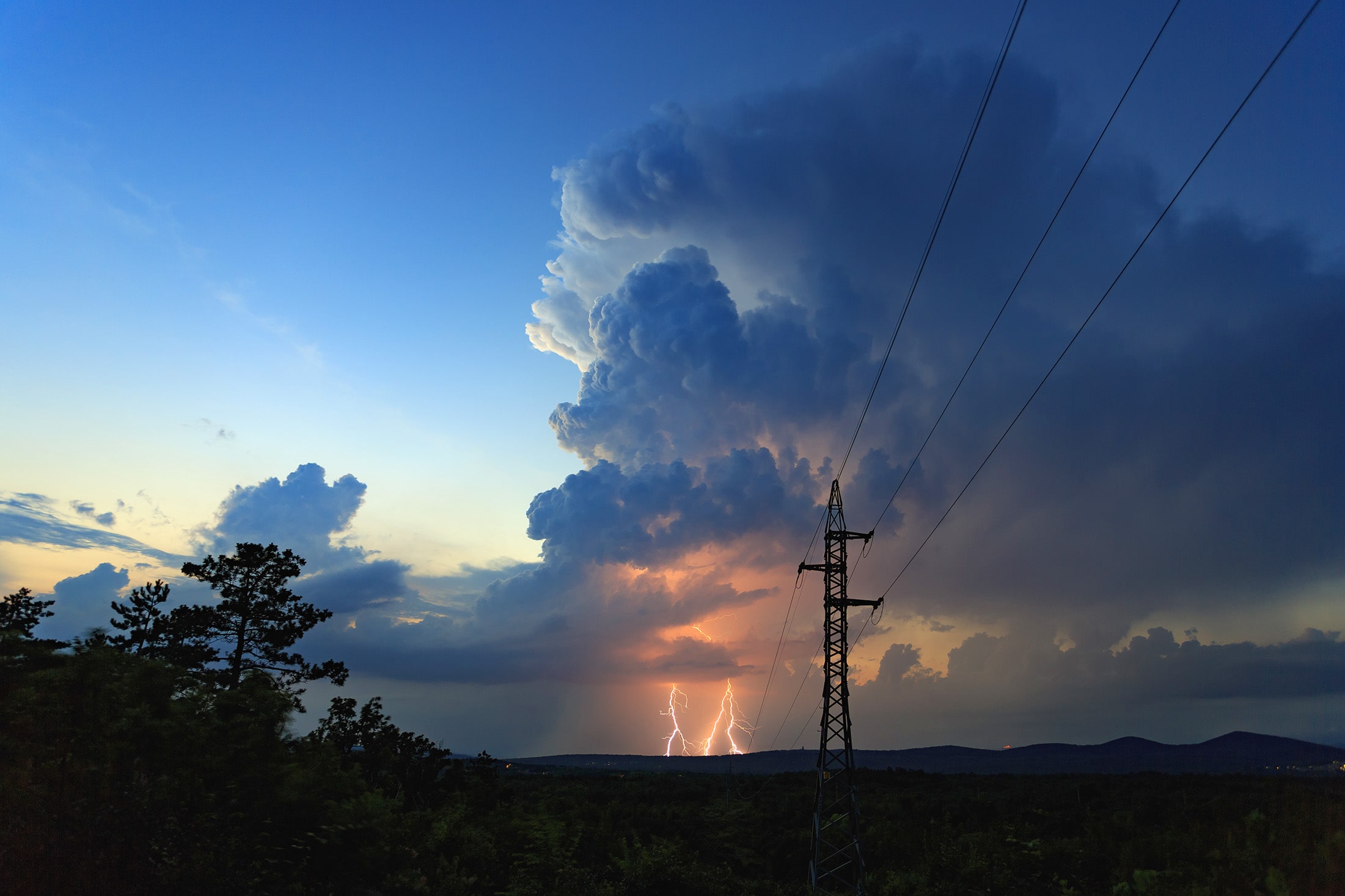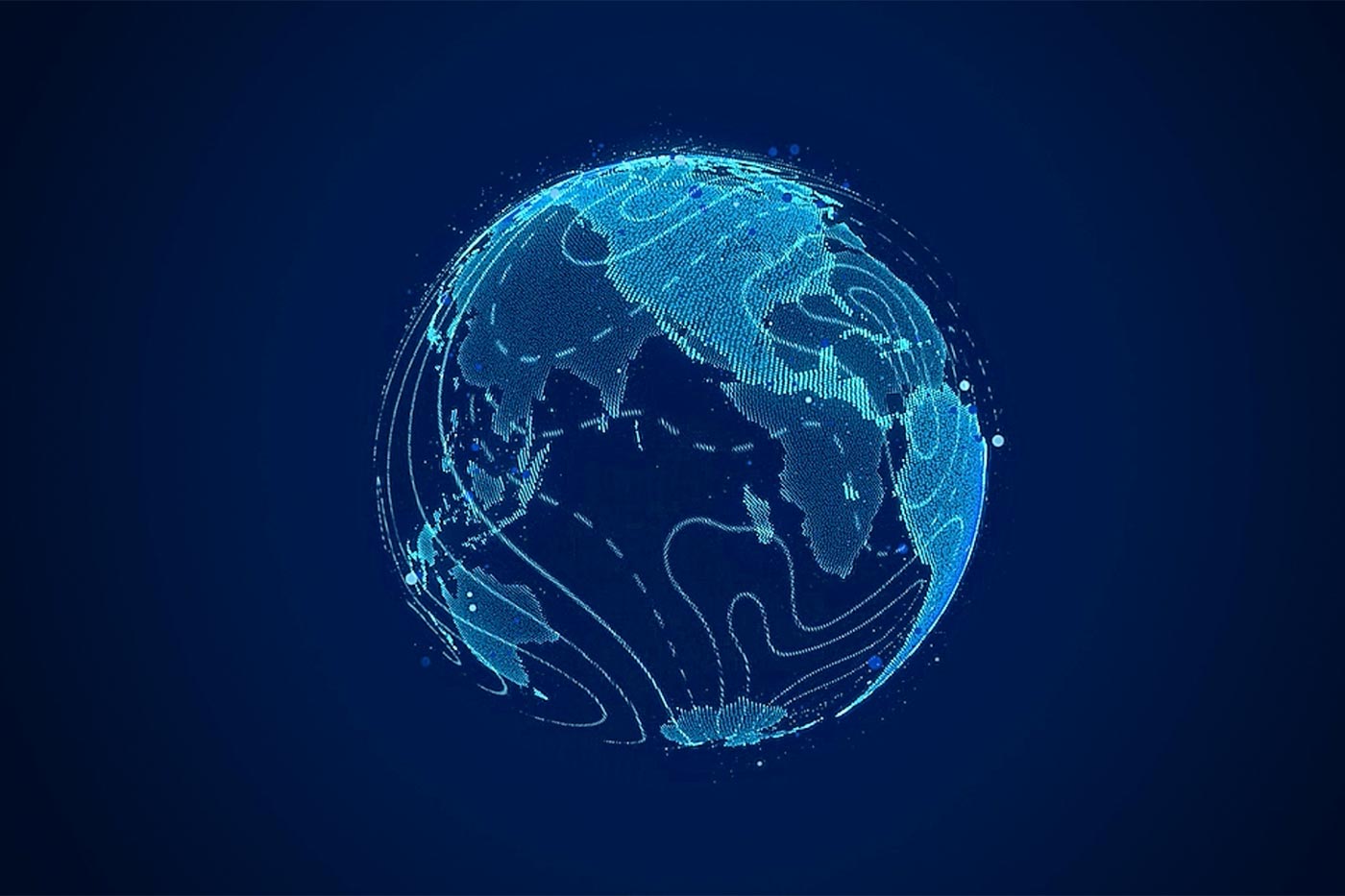Weather intelligence for the future: Crafting a strategic enterprise approach to changing environmental conditions
Continue readingFrom streaming TV shows to buying products online, today’s consumers expect hyper-personalized experiences and round-the-clock services that fit their individual preferences. They have the same expectations for weather forecasts, with six in 10 viewers reporting a high level of interest in geographically specific forecasts.1
Hyperlocal weather data enables forecasters to curate content based on the viewer’s geography — moving beyond generic, one-size-fits-all forecasts to provide relevant weather information for specific locations and times. The integration of AI and automation has brought hyperlocal weather forecasting and content to a new level. This new technology facilitates the creation of video content based on location-specific conditions through the power of accurate weather data and AI voice-over technology.
Hyperlocal weather data enables more targeted, adaptive reports that can adjust to changing conditions in real time — ensuring consumers receive the most personalized, up-to-date weather information catered to their unique needs and preferences. Read on to learn how these advanced technologies are enhancing weather forecasting and content.
What is hyperlocal weather forecasting?
Hyperlocal weather forecasting is a specialized form of meteorology that pinpoints weather conditions to extremely localized areas, such as specific ZIP codes. This tailored approach allows for better access and a deeper understanding of weather data, offering significant advantages over traditional, broader-area weather forecasts.
Hyperlocal forecasting uses advanced weather modeling systems and data collection methods, such as IoT sensors, satellite imagery, and radar data, to generate precise weather predictions for small geographic areas. By delivering accurate, relevant, and location-specific weather information, hyperlocal forecasting significantly enhances user experience and satisfaction.
What platforms do viewers use for hyperlocal weather?
Audiences can receive and interact with hyperlocal weather forecasts through a variety of channels and platforms, including:
1. Mobile apps
Mobile apps are a primary touchpoint for consumers seeking weather forecasts, with 63% of viewers interested in seeing weather timelines and location-specific conditions over the next eight hours according to a recent SmithGeiger study. Mobile apps can use GPS data to deliver real-time weather updates specific to the user’s exact location, providing detailed predictions about temperature, precipitation, and other conditions. The convenience and immediacy of mobile apps make them a popular choice for individuals needing timely weather information on the go.
2. Weather website
Weather websites remain a vital resource for accessing hyperlocal weather forecasts. Users can enter their zip codes or allow location detection to receive localized weather reports. These sites often provide comprehensive weather details, including hourly forecasts, radar images, and long-term predictions.
3. Local TV news
Local TV news stations play a crucial role in delivering hyperlocal weather information. Through television broadcasts and associated online platforms, they provide updates tailored to specific communities and provide additional context that viewers cannot find on other platforms such as how the weather forecast might impact tomorrow’s parade or fair. Local meteorologists use regional data to give forecasts that are more relevant to the viewers’ immediate environments, which is also especially important during severe weather events. According to a recent SmithGeiger study, 49% of viewers look to local news for advanced warning of potential severe weather.
4. CTV
Consumers increasingly use connected TV (CTV) platforms to access their weather forecasts. TV is still one of the most preferred places to watch weather with 62% interested in seeing weather forecasts here according to a recent SmithGeiger study. Apps on these platforms can offer detailed weather updates directly on the user’s TV, combining the convenience of digital applications with the detailed, visual appeal of traditional TV weather forecasts.
How can AI be used in hyperlocal weather video content?
Advanced AI and automation are revolutionizing the way hyperlocal weather content is delivered, particularly through video. For instance, ReelSphere harnesses AI for voice-overs in weather forecasting videos, which enables the generation of narrated content that’s more accurate, engaging, and accessible to viewers. According to the same SmithGeiger study, 65% of viewers trust an AI-voiceover from their favorite meteorologist. In fact, AI-generated voiceover and regular voiceover performed about the same.
AI can also help broadcasters develop curated weather forecasts and dynamic video content that takes into account the day of the week, time of day, and other factors to offer a personalized view of what weather will look like in each user’s location. Broadcasters looking to stay competitive need to consider offering this level of personalization, since consumers are increasingly interested in hyperlocal forecasts for their exact location, ZIP code, and neighborhood. In fact, about 67% of viewers are willing to share areas and locations of interest to them.
What are the advantages of utilizing AI & automation for hyperlocal weather video content?
Hyperlocal forecasting provides precise weather updates at a granular level, offering significant advantages and benefits for viewers, including:
1. Relevance
The integration of AI and automation ensures highly relevant weather information and forecasts for viewers. It’s clear that consumers are eager for such content, with research showing that 69% of people are willing to share their zip code to receive forecasts tailored to their specific locations. By adapting weather forecasts for individual viewers, hyperlocal weather content removes information that audiences find irrelevant, zeroing in on how weather events are impacting local communities in real time.
2. Adjusting to demand
On clear days, users typically prefer succinct updates, whereas they expect more detailed forecasts when severe weather looms. Automated forecasts can adjust as consumer demand changes with weather conditions, such as adding a forecast radar when rain is expected or utilizing location-specific weather graphics. These technologies enable forecasters to alter content length and detail depending on weather conditions and viewers’ preferences.
3. Timeliness
AI and automation enable forecasts to be developed in near real-time. Timely information is most important during dangerous severe weather events, such as last year’s “super fog” in Louisiana that led to the pileup of hundreds of cars and, sadly, seven deaths. Automated systems ensure that vital weather information is generated and distributed quickly, reaching audiences when it is most needed.
4. Engaging audiences
Historically, meteorologists have had to manually update forecast videos for every location and hour. This manual process limited the precision of local forecasts to broader areas. However, now meteorologists can use AI to automatically update videos across platforms to keep audiences informed and engaged. Moreover, AI can enhance the tone and tenor of hyperlocal video content by integrating local meteorologists’ voices to make forecasts engaging, relevant, and trustworthy without slowing the production cadence
5. Streamline processes
Utilizing AI and automation for voice-overs can help streamline the creation of videos, making the process more timely, efficient, and scalable. With growing audiences and limited resources, AI-enhanced digital workflows play a crucial role in the production of content across multiple platforms — enabling meteorologists to meet increased demand for accessible and timely weather updates.
6. Provide more accurate updates
As weather patterns become more extreme, the ability to provide real-time, accurate weather updates is increasingly vital. AI-enhanced systems decrease the burden on meteorologists by making it easier to quickly share updates as weather conditions evolve. This allows consumers to make informed decisions based on the latest information, which is essential for safety and preparedness in an era of climatic unpredictability.
How accurate are automated hyperlocal weather forecasts?
Automated hyperlocal weather forecasts have significantly improved when it comes to accuracy. With advancements in technology and data analysis, meteorologists can provide individuals and industries with accurate weather information they can rely on when planning and making decisions.
In this video sample, experience a local forecast auto generated by ReelSphere, powered by AI.
These enhancements have led to notable achievements and recognition in the field. The Weather Company has been recognized as the world’s most accurate weather forecaster, according to a study by ForecastWatch, which studied global and regional weather forecast accuracy from 2017 to 2022.
Create hyperlocal weather video content and forecasts with ReelSphere
Viewers crave relevant, current, and engaging digital weather content that is available to them 24/7.
By leveraging AI and automating the creation of hyperlocal weather content, you can meet consumers precisely where they are — both geographically and in their desire for personalized digital content.
ReelSphere is at the forefront of transforming weather forecasting into a dynamic, on-demand experience tailored for digital platforms. ReelSphere enables you to deliver highly personalized, hyperlocal weather videos and content without additional production resources.
Let’s talk
To learn more about automated, digital weather streaming content with ReelSphere, contact our media experts today.
Contact us1 According to a 2024 ReelSphere Research Study from SmithGeiger on behalf of The Weather Company.


